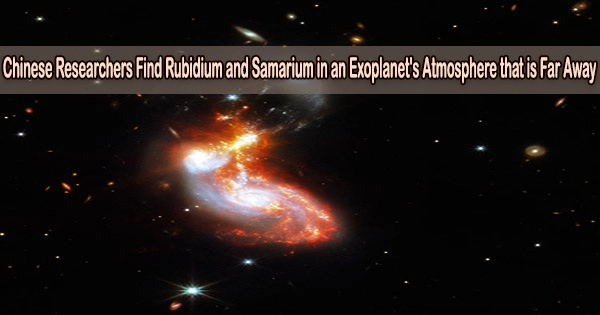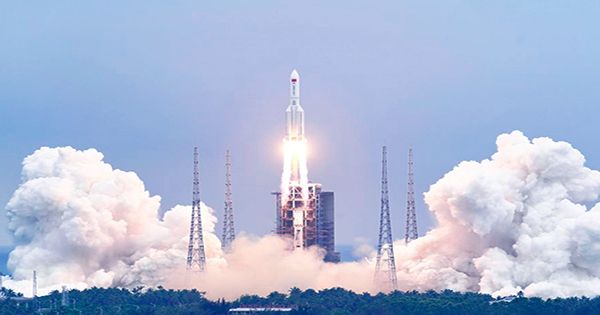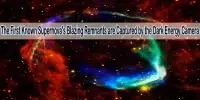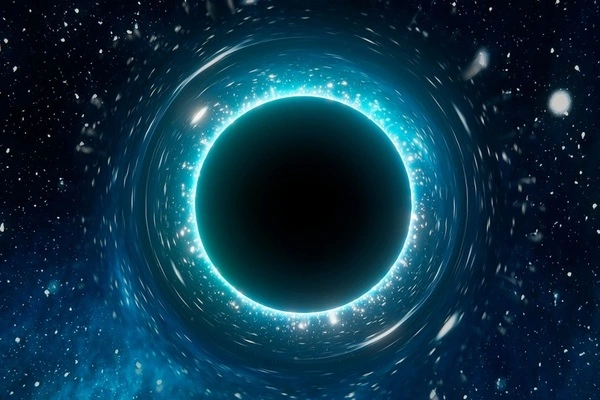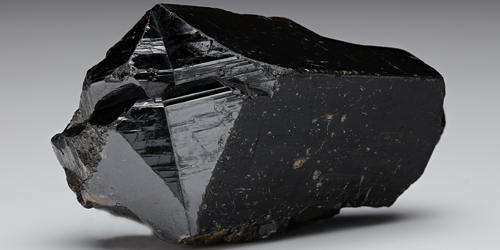Astronomers from the Chinese Academy of Sciences (CAS) have studied the atmosphere of MASCARA-4b, a far-off “ultra-hot Jupiter” exoplanet, using the Echelle SPectrograph for Rocky Exoplanets and Stable Spectroscopic Observations (ESPRESSO).
The research led to the first-ever finding of rubidium and samarium in an exoplanet’s atmosphere, which was released on April 11, 2023 on the arXiv pre-print server.
Rubidium (Rb) is a chemical element with the atomic number 37. It belongs to the alkali metal group, which also includes elements like lithium, sodium, potassium, and cesium. Rubidium is a soft, silvery-white metal that is highly reactive and easily oxidizes in air, so it is stored in an inert atmosphere or under oil.
MASCARA-4b is a gas giant orbiting a brilliant A-type star at a distance of about 556 light years from the Earth. Its equilibrium temperature is 2,250 K. Its size is about 1.51 Jupiter radii and its mass is 1.67 Jupiter masses, which gives a density at a level of 0.48 g/cm3.
The planet orbits its host every 2.82 days, at a distance of 0.047 AU from it. Due to its large atmospheric scale heights and transmission spectroscopy metric (TSM), MASCARA-4b is an excellent target for atmospheric characterization.
Two transits of MASCARA-4 b were observed on February 13, 2020 and March 1, 2020 with ESPRESSO under the ESO programs 0104.C-0605 (PI:WYTTENBACH)…. In this letter, we present a survey of atoms/ions in the atmosphere of the MASCARA-4b, using the two VLT/ESPRESSO transits data.
The researchers
That is why a team of astronomers led by Zewen Jiang of the CAS Key Laboratory of Optical Astronomy in Beijing, China, decided to observe MASCARA-4b with ESPRESSO a fiber-fed ultra-stable echelle high-resolution spectrograph, mounted on the Very Large Telescope (VLT) at European Southern Observatory (ESO) in Cerro Paranal, Chile.
“Two transits of MASCARA-4 b were observed on February 13, 2020 and March 1, 2020 with ESPRESSO under the ESO programs 0104.C-0605 (PI:WYTTENBACH)…. In this letter, we present a survey of atoms/ions in the atmosphere of the MASCARA-4b, using the two VLT/ESPRESSO transits data,” the researchers wrote.
The observations detected several heavier species in the atmosphere of MASCARA-4 b, including rubidium (Rb), samarium (Sm), as well as ions of titanium (Ti+) and barium (Ba+). This is the first time when Rb and Sm are detected in the atmosphere of an exoplanet, while Ti+ and Ba+ were reported in several other extrasolar planets.
Jiang’s team hypothesizes that Ba+ may be a common element among the population of ultra-hot Jupiter (UHJ) exoplanets given that the current discoveries mark the third time that this element has been found in the atmosphere of a UHJ exoplanet.
The discovery of Ba+ at high altitudes in UHJs, the researchers continued, shows that such planets may encounter atmospheric dynamics that are not currently anticipated.
It was noted that Sm, with an atom number of 62, is so far the heaviest element found in the atmosphere of an alien world. It is also the first lanthanide series element that has been detected in exoplanets.
Besides the new discoveries, the study also confirmed previous detections of magnesium (Mg), calcium (Ca), chromium (Cr) and iron (Fe) in the atmosphere of MASCARA-4b. The authors of the report call for more research on exoplanet atmospheres in order to discover additional uncommon elements.
“Higher precision HRS high-resolution spectroscopic studies should be further conducted on UHJs to reveal the presence of additional species and even some relatively abundant minor isotopes,” the researchers concluded.
